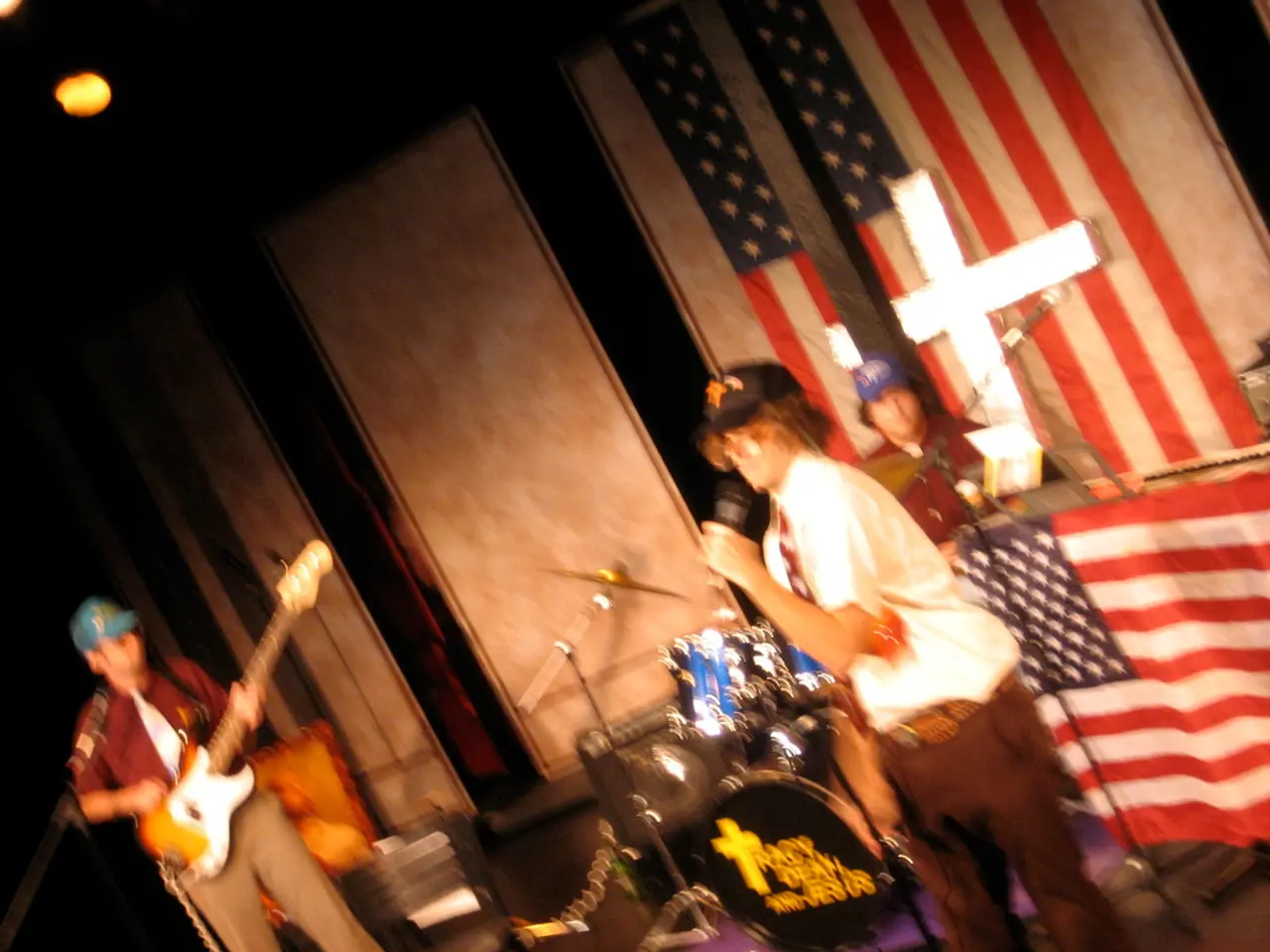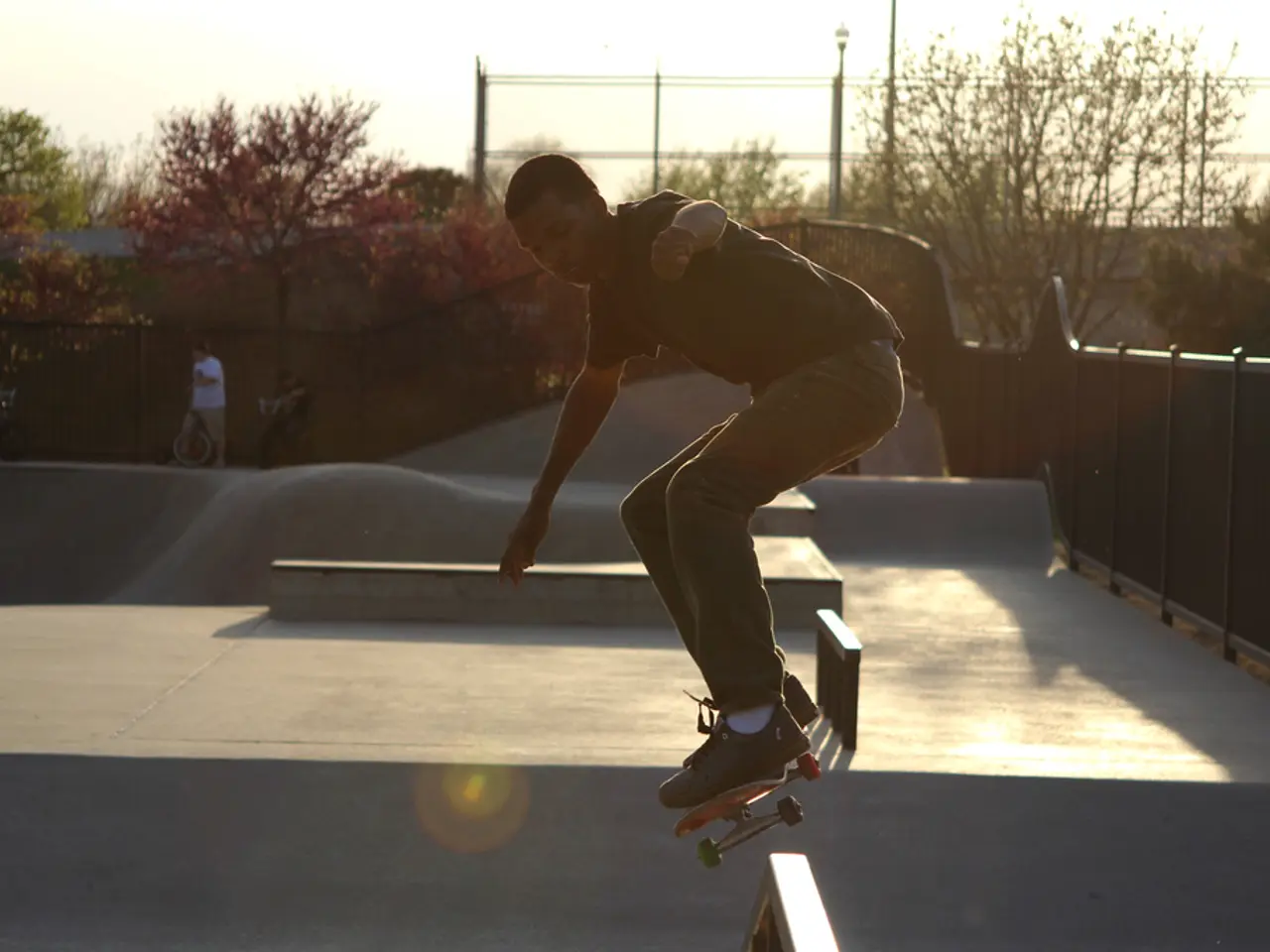The Words Composing the American National Anthem, "The Star-Spangled Banner"
The Star-Spangled Banner, the national anthem of the United States, holds a significant place in American history and culture. Composed by lawyer and amateur poet Francis Scott Key in 1814, the song has become synonymous with patriotism, resilience, and hope.
Key penned the lyrics after witnessing the British attack on Fort McHenry during the War of 1812. The sight of the American flag, the "star-spangled banner," still flying at dawn following the battle, inspired him to write a poem titled "Defence of Fort McHenry." The poem was later set to the tune of a popular British song called "To Anacreon in Heaven," an Irish drinking song melody.
The Star-Spangled Banner gained popularity as a patriotic anthem, especially during the Civil War, when the flag became a potent symbol of unity. A fifth verse was added by poet Oliver Wendell Holmes in 1861 during that conflict.
Recognition as the official national anthem took time. The U.S. Navy adopted it in 1889 for raising and lowering the flag, President Woodrow Wilson proclaimed it the anthem of the armed forces in 1916, and it was made the official national anthem by Congress on March 3, 1931.
Controversies and Debates
In modern times, The Star-Spangled Banner has been subject to debate and controversy due to its historical context and use as a political symbol. Some critique Key's connection to slavery and question whether the anthem fully represents all Americans. The anthem has also been politicized, with large displays of the flag and its use during political protests fueling discussions about its role in American identity and divisions.
Notable Performances
While the original performance was a simple singing of the poem to the melody, many artists have given memorable performances of the anthem, especially at major public events. Notable renditions include those by Whitney Houston at the 1991 Super Bowl and Marvin Gaye, whose soulful version remains iconic.
The anthem has also been covered and reinterpreted extensively in various music genres, from Jimi Hendrix's famous electric guitar version at Woodstock to modern artists who bring their own style during national events.
The Future of The Star-Spangled Banner
As discussions about racial justice and inclusivity continue in the United States, the place of The Star-Spangled Banner as the national anthem has been brought up. Some have called for a change or even the complete discard of the anthem due to its author's history as a slave holder.
The original Star-Spangled Banner flag that inspired the anthem is preserved and can be viewed alongside Revolutionary War artifacts at Fort McHenry National Monument and Historic Shrine. The anthem’s lyrics consist of multiple stanzas, but only the first stanza is commonly sung at events.
In summary, The Star-Spangled Banner originated from a specific historical event that became deeply symbolic for American patriotism, but over time it has also sparked discussions on nationalism, inclusivity, and political expression. It remains a central piece of American culture, regularly performed at significant national occasions.
Streaming services have contributed to the continuous entertainment of various music genres, offering versions of The Star-Spangled Banner by artists such as Whitney Houston, Marvin Gaye, and Jimi Hendrix for audiences to enjoy.
Despite its firm place in American culture, debates about the anthem's historic ties to slavery and its representation of all Americans persist, with some proposing a shift in the national anthem or questioning its continued role in modern entertainment.








